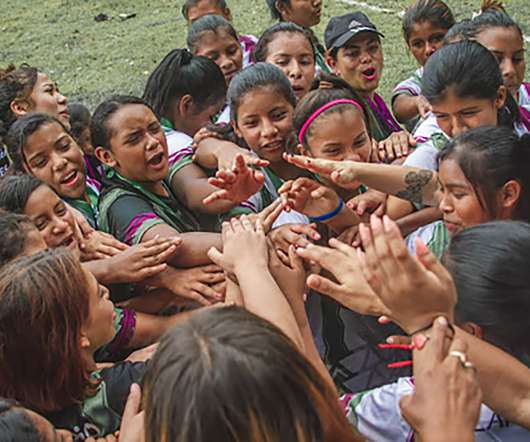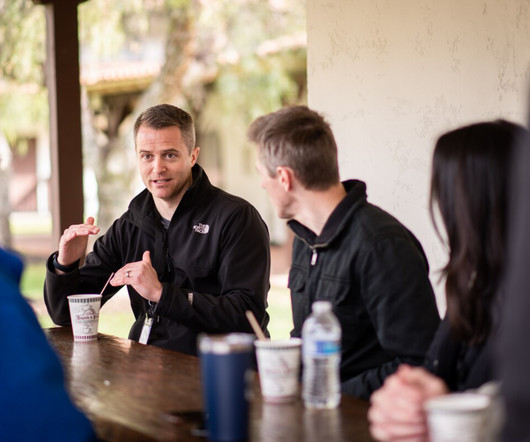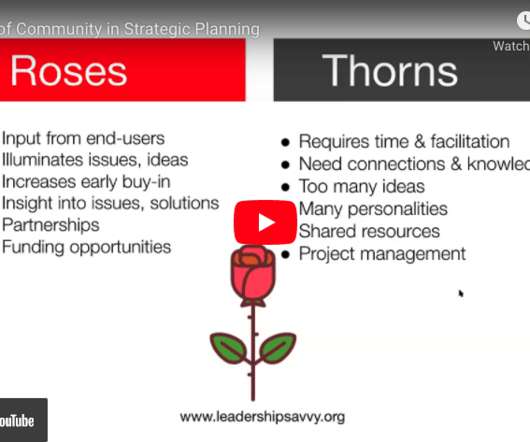Connecting the dots: Fighting for equity through a data partnership
Candid
APRIL 11, 2024
They sought diverse perspectives in focus groups and made structural changes to address outdated language, power dynamics, and privacy concerns. They amplified the voices and perspectives of women of color leaders on this platform and in their webinars. Our partnership, however, will create a way for anyone to connect the dots.

























Let's personalize your content